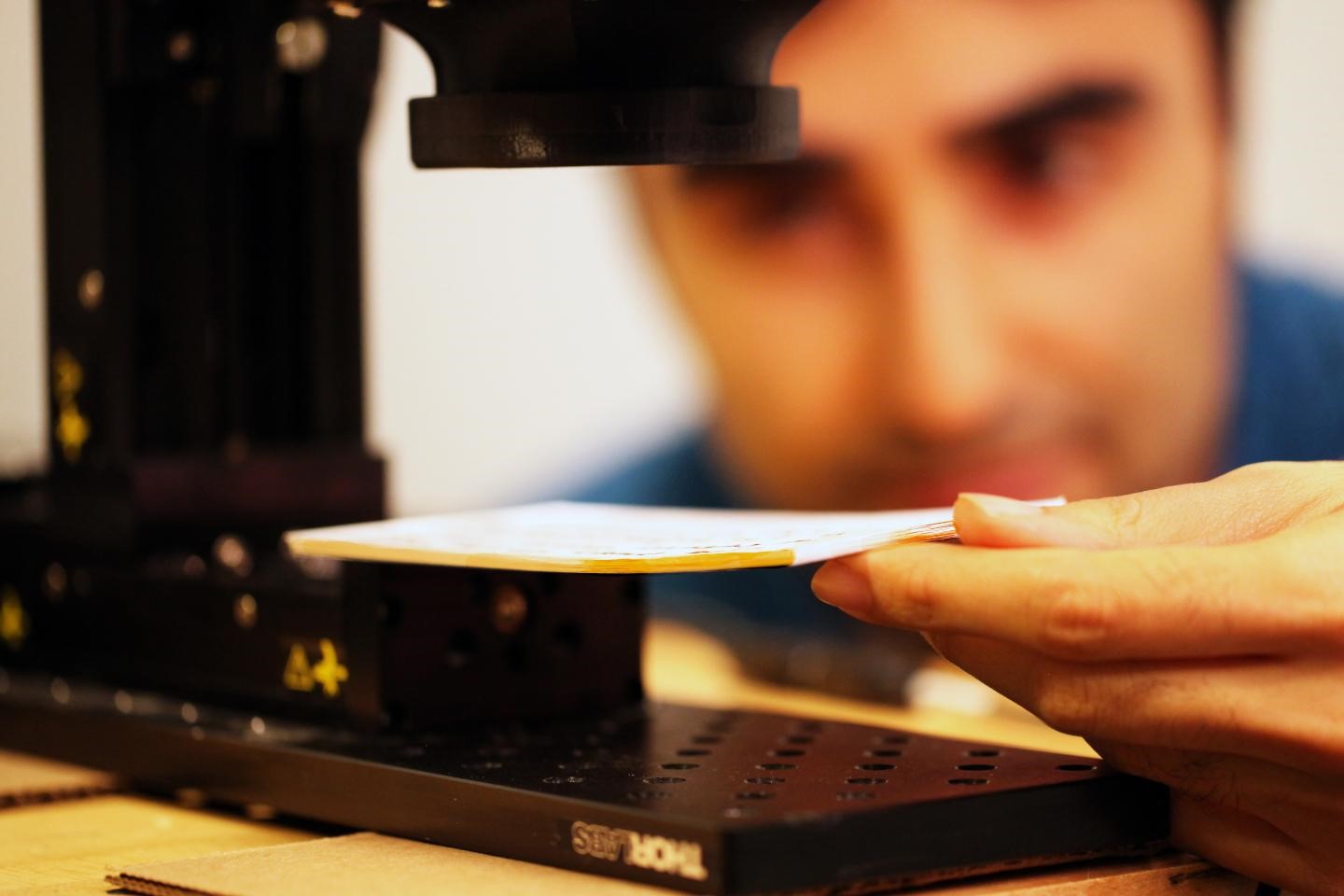
Researchers at MIT have designed a prototype of an imaging system that can read closed books. An MIT press release reveals that the research team tested their prototype on a stack of papers that each had one letter on it. The new system successfully identified the first nine sheets’ letters, validating MIT’s decade-old research that terahertz radiation could be used to read a letter through a closed envelope.
Barnak Heshmat, an MIT Media lab scientist and author of the study, explains that the system could have multifunctional uses: “The Metropolitan Museum in New York showed a lot of interest in this because they want to, for example, look into some antique books that they don’t even want to touch.” Other potential practices include analyzing thinly layered materials that are coated onto surfaces like machines.
Georgia Tech researchers also contributed to the study, creating the algorithm required for interpreting any distorted images as actual letters — the images become unintelligible because words from other pages still show through paper. The algorithm is ultimately powerful enough to disregard websites’ letter certification systems (known as captchas) that determine if a human is really using the site. At the same time, MIT scientists worked on developing the algorithms that gather images from individual papers.
Terahertz radiation, which the page-reading system is based on, is the band of electromagnetic radiation between microwaves and infrared light. Researchers have previously explored the use of terahertz radiation in security screenings because different chemicals absorb different frequencies of the radiation to various degrees. These differences create unique, various frequency signatures. In the case of this prototype, terahertz frequency profiles can distinguish between ink and blank paper, which X-ray waves cannot do. Other advantages of terahertz radiation include its ability to provide much better depth resolution than ultrasound waves do.
The system works partially because air pockets about 20 micrometers deep are concentrated between book pages. There’s a significant enough difference in refractive index (the degree to which they bend light) between the air pockets and paper that their boundary will deliver terahertz radiation back to a detector. Researchers’ proposed system includes a standard terahertz camera that emits ultrashort radiation bursts, which lets off a reflection that the camera’s built-in sensor detects. By observing the reflections’ time of arrival, the system’s algorithm can determine the distance to the book’s individual pages.
Having an estimate of the page’s distances helps the algorithm focus on terahertz signals whose arrival times hint at them being true reflections. After studying two different measures of the reflections’ energy, researchers can make a conclusion about the chemical properties of the reflecting surfaces.
The current version of the algorithm can correctly deduce the distance from the camera to the top 20 pages in a stack of paper. However, the energy of the reflected signal past a depth of nine pages is so low that the differences between frequency signatures are swamped by “noise,” or a background hum. Fixing the noise and improving the accuracy of detectors and power of radiation sources are high priorities for researchers as they continue exploring terahertz’s abilities.
Source: EurekAlert!, TechRepublic
Advertisement
Learn more about Electronic Products Magazine





